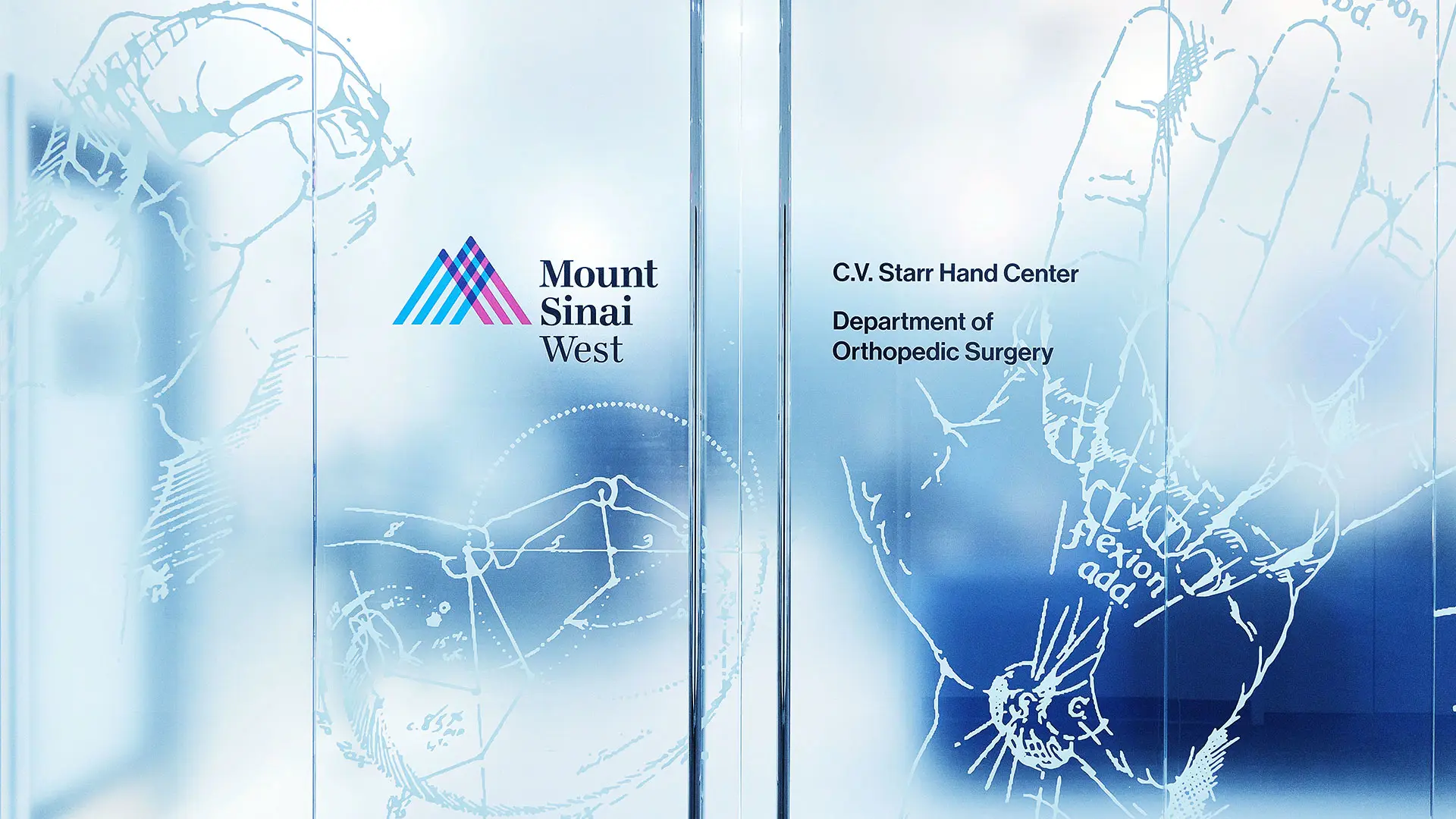The newly opened C.V. Starr Center for Hand and Upper Extremity Care is the latest milestone for the Department of Orthopedic Surgery at the Icahn School of Medicine at Mount Sinai. Created through the generous support of the Starr Foundation, this comprehensive new facility was endowed in honor of the late J. William Littler, MD, former director and founder of the hand surgery service at St. Luke’s-Roosevelt Hospital Center, now Mount Sinai Morningside and Mount Sinai West. Its launch adds to the Department’s storied history of bringing groundbreaking tools, techniques, and science to the treatment of the most commonly injured parts of the body—the shoulders, elbows, wrists, and fingers.
“The C.V. Starr Center will enable us to channel years of experience and excellent outcomes into both surgical and nonoperative treatment, as well as expand an already active research program,” says Michael Hausman, MD, Chief of Hand and Upper Extremity Surgery and Vice Chair of the Department of Orthopedic Surgery at Icahn Mount Sinai.
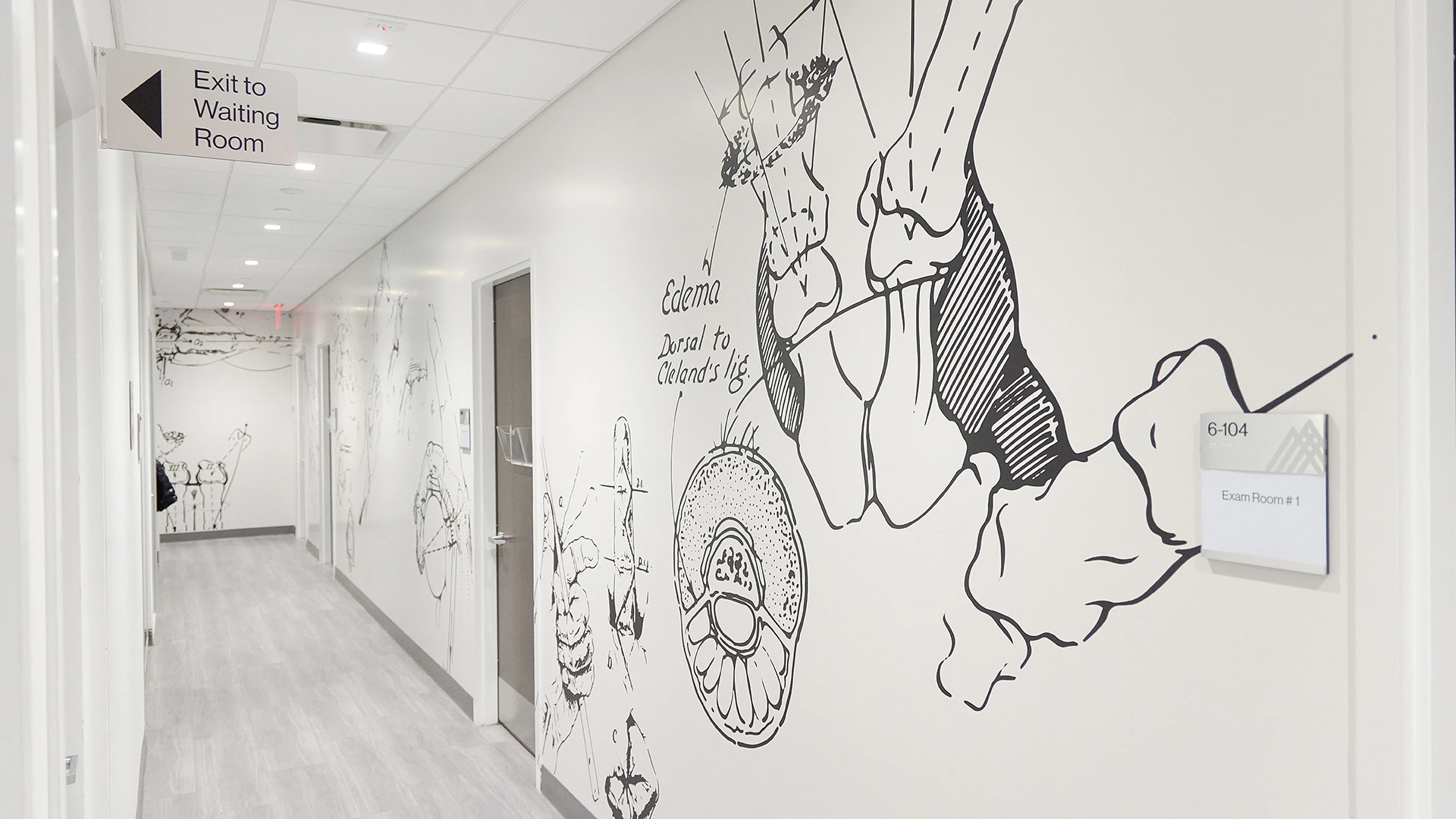
In addition to being a renowned surgeon, J. William Littler, MD, was an accomplished artist.
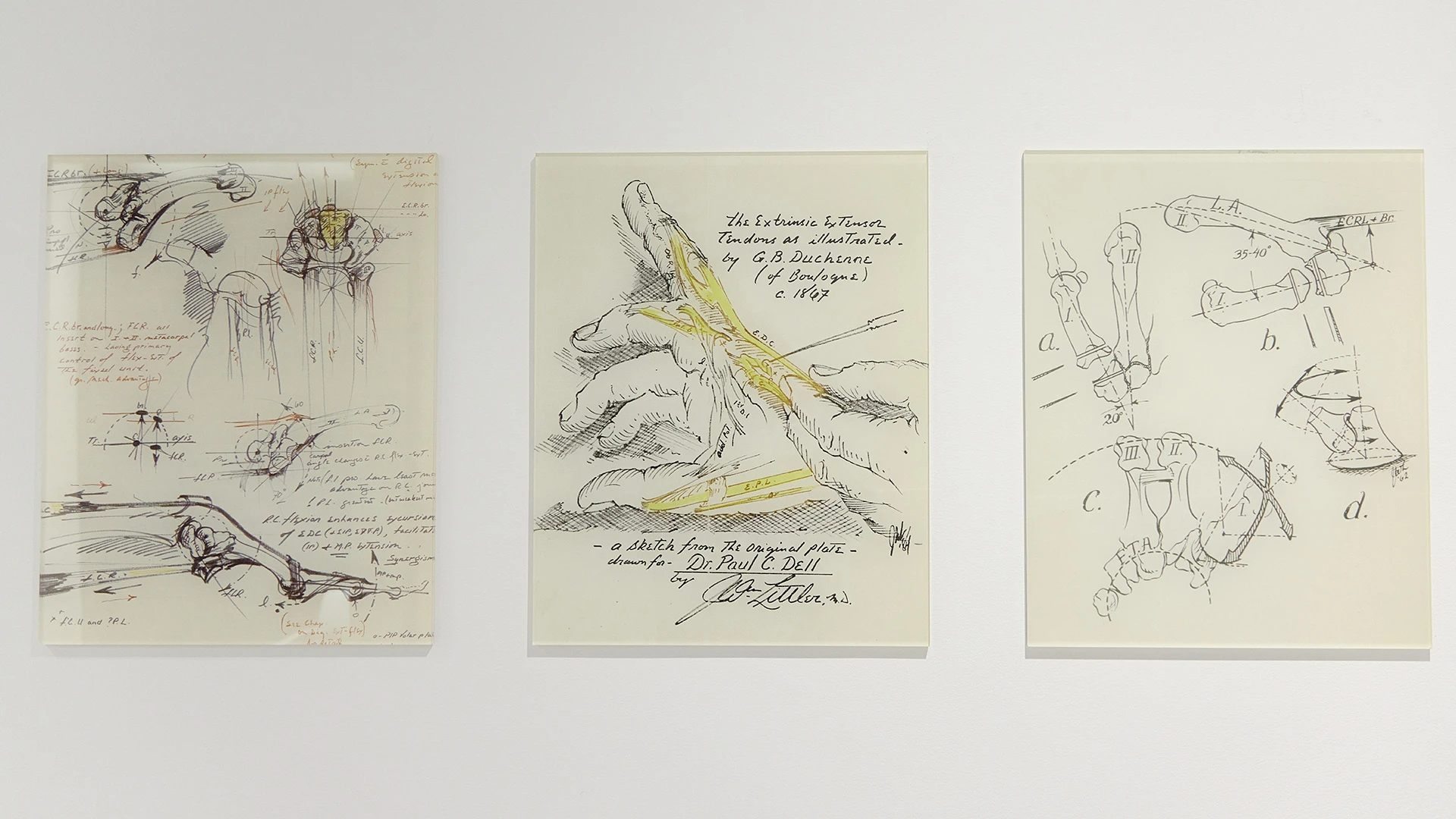
His detailed medical illustrations are incorporated into the design of the C.V. Starr Center.
Focused on treating injuries and conditions including trauma, arthritis, nerve disorders, malignancies, and congenital malformations, the highly experienced surgeons within the Center are among a small number in the world capable of using advanced arthroscopic and minimally invasive approaches for pediatric patients. Additionally, they are widely known for their expertise in performing delicate microvascular surgical reconstruction.
“Our team of hand and upper extremity specialists helped pioneer complex microvascular surgery that involves transplanting nerves from other parts of the body—procedures that can take up to 20 hours,” says Dr. Hausman, who is the Robert K. Lippmann Professor of Orthopedic Surgery at Icahn Mount Sinai.
An Innovative, Multidisciplinary Research Space
The Center is committed to learning from and drawing upon other branches of medicine. Hand surgery in particular is a unique specialty that calls upon disciplines as varied as plastic surgery, neurosurgery, vascular surgery, and orthopedic surgery.
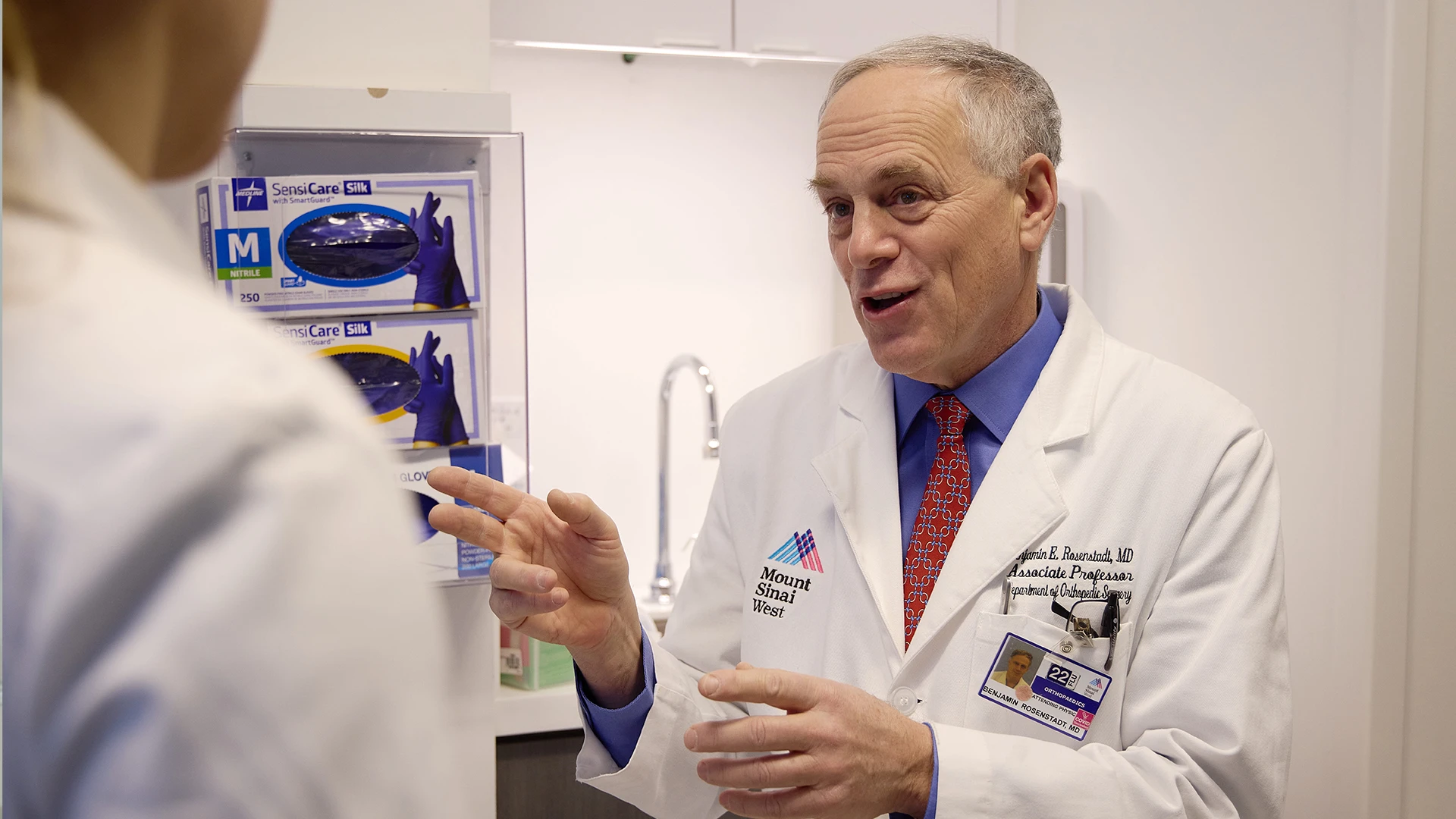
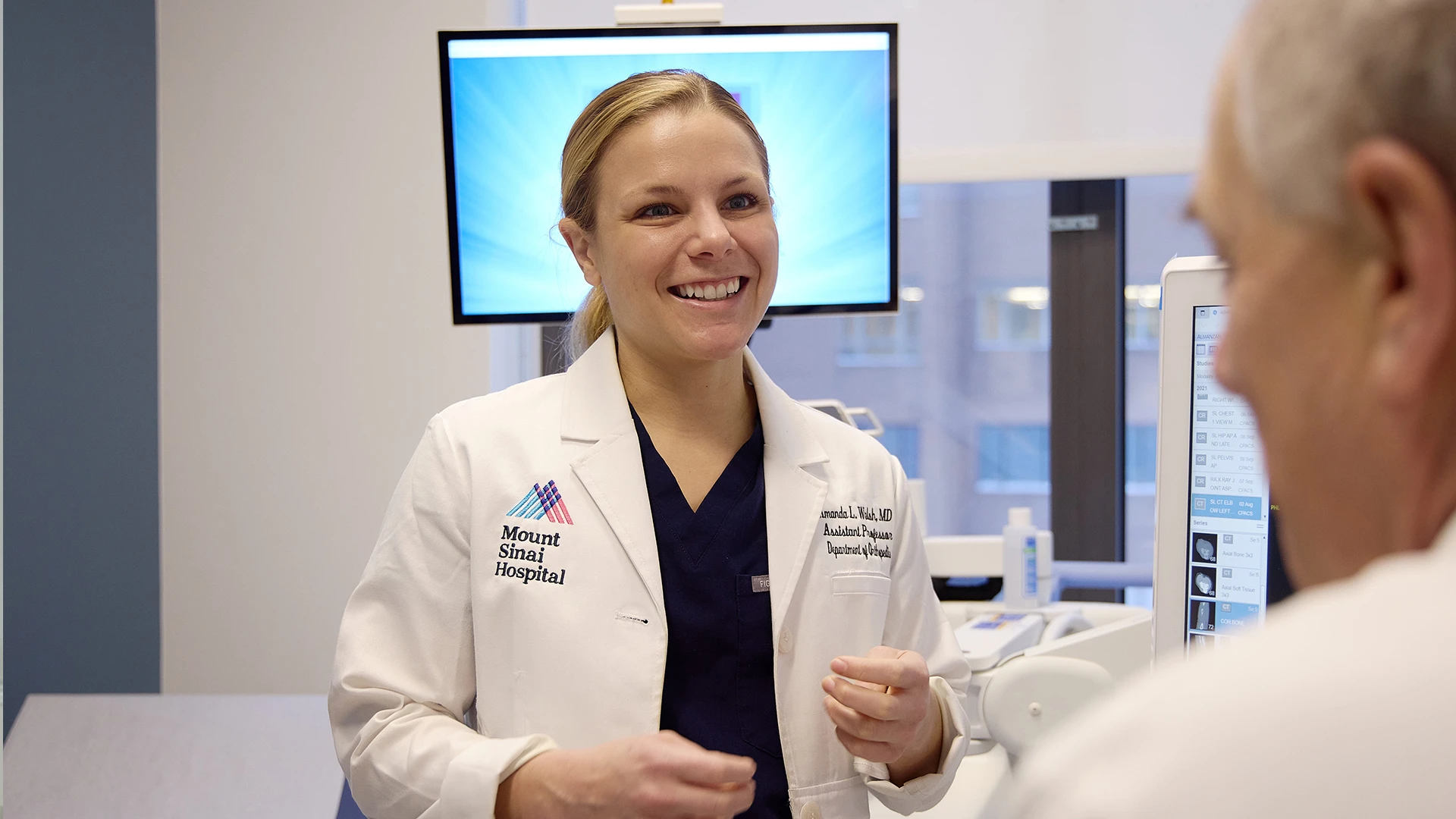
This dedication to multidisciplinary work is underscored by the Center’s approach to reconstructing injured nerves. Specialists who perform nerve grafts to repair injured nerves in the hand are aware that the best site to harvest those vessels from is the patient’s lower leg, similar to cardiovascular bypass surgery. The downside, though, is that harvesting from that site leaves a significant scar.
“When we learned about a new cutting-edge device being used by cardiac surgeons, we quickly adapted it to harvest veins in a less-invasive fashion,” explains Dr. Hausman. “Now, instead of a two-foot-long incision and comparable scar on the patient’s leg, we can extract nerves through a two-centimeter incision.”
Ongoing research is enabling the C.V. Starr Center to enhance and develop treatments for hand and upper extremity care. These include innovative ways to image damaged nerves to predict if they will require surgery or simply improve on their own. This approach could allow surgeons to intervene earlier, when deemed necessary, thus ensuring the best possible patient outcomes. Additionally, researchers are focused on novel treatments and strategies for severe wrist and elbow injuries.
Featured
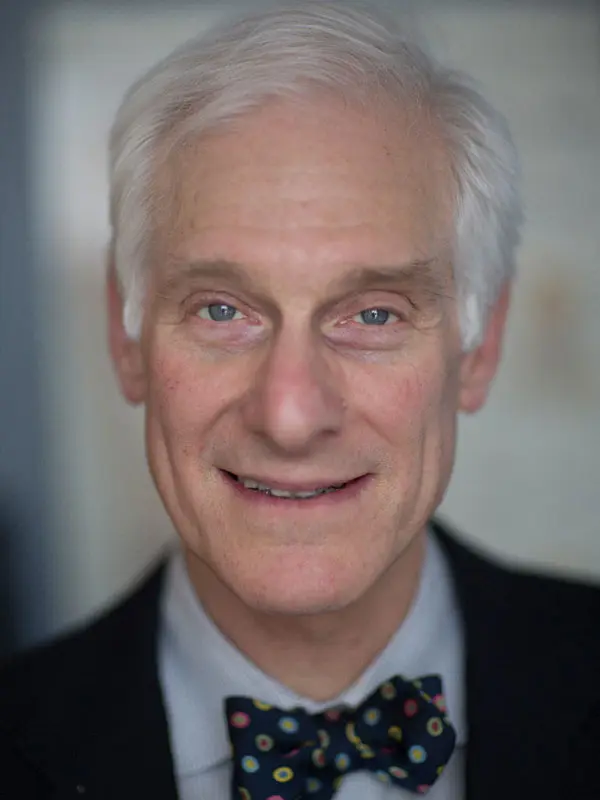
Michael R. Hausman, MD
Professor of Orthopedic Surgery
